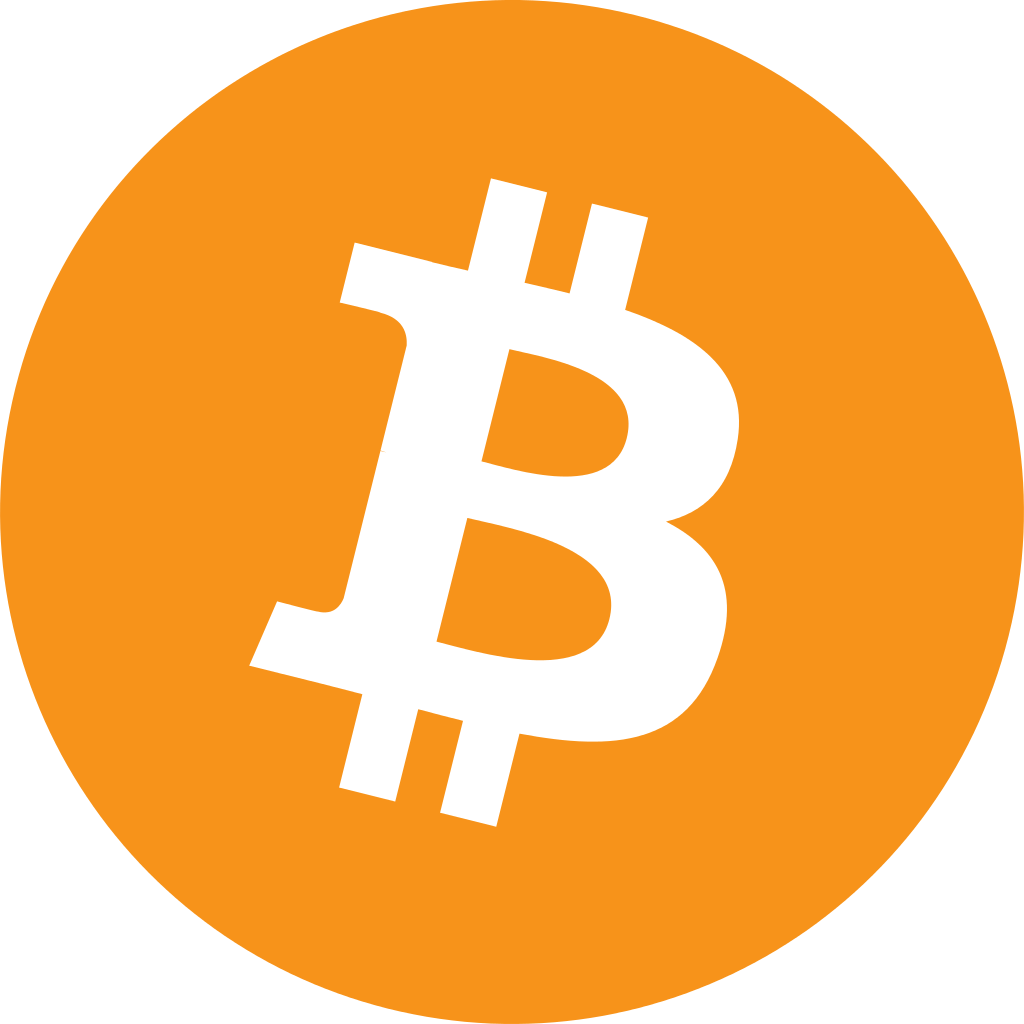Do you know what happens with your money once you deposit it into the bank? Banks take the money you deposit and loan it out to others. If you ever wanted to withdraw all the money you deposited, you can, because banks are responsible for keeping a fraction of customer deposits on hand at the bank, which is known as the reserve requirement.1 There is one issue with this system — what if one day every customer wanted to withdraw their deposits at the same time? Typically, this would never happen, but when there is uncertainty in a bank‘s financial stability, everything can go wrong.
It was 2007 and the financial crisis was about to begin. Banks were using money deposited to them for high risk investments in subprime mortgages. Homeowners were being approved for mortgages on homes they could not afford. Inflation from the housing market bubble was leaving banks holding assets for a lot less than what they were worth. In late 2007, the Housing Market bubble officially popped causing many homeowners to lose thousands of dollars on their home. Mortgages were defaulted on, leaving banks with a lot less money then what they had lent out.2 This crash led to banks going bankrupt, putting the US economy into a full-blown international banking crisis.
A year after the housing market crash, in October 2008, an unknown figure named Satoshi Nakamoto, published an article, “Bitcoin: A Peer-to-Peer Electronic Cash System,“ which revolutionized the way we view centralized fiat currencies in our global economy. Fiat money is government issued currency that is not backed by a commodity.3 In this article, Nakamoto identified a solution to prevent any future recessions or banking crises. Nakamoto explained, “What is needed is an electronic payment system based on cryptographic proof instead of trust, allowing any two willing parties to transact directly with each other without the need for a trusted third party.” This removes the need for a banking system and protecting the individuals from future recessions.4

This article laid the ground work for the development of Bitcoin. Nakamoto spent about a year corresponding with other experts in the technology community, explaining his philosophical reasons for wanting to create a kind of digital gold standard. Nakamoto used an untraceable email address and website to give instructions to Gavin Andresen and Jeff Garzik. These coders and software engineers only spoke about business and never received any person information of who Satoshi Nakamoto actually was. Nakamoto published hundreds of online posts in perfect English but only about his new technology. Nakamoto’s location, race, photograph or even gender was never reveled to Andresen or Garzik, but nonetheless, they still worked together to create and finish Nakamoto’s vision.5
After a year of constant correspondence and tweaks, Nakamoto was finally ready to release Bitcoin to the public. All of Nakamoto’s work led up to one push of a button. Nakamoto created the genesis block of Bitcoin on January 3, 2009 at 18:15 pm. The genesis block is the first block of a block chain.6 In other words, this genesis block was the beginning of all crypto-currency and the mother of all block chains. A block chain is a growing list of records, called blocks, that are linked using cryptography or in other words it is the public record of each transaction for a crypto-currency.7 A revolution in currency had begun. Users’ identities would be protected. Records would be completely decentralized. And no one would be in charge — not governments, not banks, not even Nakamoto. At first the currency had no popularity except between a handful of programmers but as word spread it quickly gained traction. At the beginning, a Bitcoin was worth pennies per coin but gained enough belief and support to reach its high of a single coin being worth 19 thousand dollars each.8

After launching and creating Bitcoin, Nakamoto disappeared. In April 2011, Nakamoto sent a note to one of his developers saying that he had “moved on to other things.” He has not been heard from since. Many wonder who this person or group is and have tried to build conspiracies on who it is. Nonetheless, Nakamoto’s creation had started a revolution against central banks and fiat currencies. After the Bitcoin genesis there have been around 2000 other crypto-currencies created for an assortment of different reasons. With Bitcoin being accepted by businesses through out the US, the United States Department of the Treasury classified Bitcoin as a virtual currency, the first of its kind. This growing trend is something that is not going to go away but something that will likely only gain support and could possibly become our accepted norm for all transactions in the future.9
- Wikipedia, 2019, s.v. “Monetary Policy of the United States,” https://en.wikipedia.org/wiki/Monetary_policy_of_the_United_States. ↵
- Eamonn Moran, “Wall Street Meets Main Street: Understanding the Financial Crisis,” UNC School of Law, Vol. 13, no. 1 (2009): 40-60. ↵
- Wikipedia, 2019, s.v. “Fiat money,” https://en.wikipedia.org/wiki/Fiat_money. ↵
- Satoshi Nakamoto, “Bitcoin: A Peer-to-Peer Electronic Cash System,” October 31, 2008, https://bitcoin.org/en/bitcoin-paper. ↵
- Wikipedia, 2019, s.v. “Satoshi Nakamoto,” https://en.wikipedia.org/wiki/Satoshi_Nakamoto ↵
- Wikipedia, 2019, s.v. “Genesis Block,” https://en.bitcoin.it/wiki/Genesis_block. ↵
- Wikipedia, 2019, s.v. “Blockchain,” https://en.wikipedia.org/wiki/Blockchain. ↵
- Wikipedia, 2019 s.v. “History of Bitcoin,” https://en.wikipedia.org/wiki/History_of_bitcoin. ↵
- Wikipedia, 2019, s.v. “History of bitcoin,” https://en.wikipedia.org/wiki/History_of_bitcoin. ↵



27 comments
Enrico Zorzin Onzi
Hello Pablo, very interesting article. I did not know about the creation and who created bitcoin crypto currency. Also, it is intriguing the fact that Satoshi Nakamoto remained hidden and in silence after having such innovative idea. I personally want to know more about bitcoin or other crypto currencies, because I also believe that it will be a norm for all transactions in the future. In addition, it will end the monopoly that banks created in order to have people’s money. If it happens a financial revolution is coming.
Eliana Villarreal
This was a great article introducing how Bitcoin came about. I have always heard the term and tried to research what it was but nothing I found was ever a simple read as this one was. It is a great way to introduce how it even came about. I was hooked onto this story because of the anonymous identity of Nakamoto. I respect their decision to remain anonymous because who knows what trouble could brew with our growing heavily opinionated society. I am interested to see how Bitcoin will turn out in the future and what influence it will have on the economy. Great job Pablo!
Adam Alviar
To me personally bitcoin always seemed so 50/50 with it being very rewarding, or on the other hand very detrimental, causing major losses in revenue. With this being said I do not have very much interaction with bitcoin, but this article did a great job informing me of how bitcoin is operated. I really like how the article had a clear set of do’s and don’ts included within it in order to inform readers of choices, and their repercussions.
James Clark
The article was very interesting and definitely provides the necessary information for someone to understand what the craze is with Bitcoin. I think Bitcoin truly has limitless potential and very well will eventually trump the spending power of the US dollar. However, I think that this won’t be the case until businesses start adopting it, wealthy people recognize and use the currency, and the energy crisis created by the blockchain is solved or at least minimized. Overall, I am excited to see the future of Bitcoin and if it will be the currency of the future.
Paul Garza
This article was very informative and allows readers to truly understand bitcoin. I have only heard of bitcoin here and there and never understood what it was or its purpose. This articles gives us an interesting narrative that follows its creation and explains its purpose. Not only does this article define what bitcoin is but gives insight to why it was created, to what happening at the time of its creation. I really enjoyed the mystery that surrounds the identity of Nakamoto!
Carlos Cortes
This was a very interesting and informative article that is truly the future. In my opinion Bitcoin is the future currency and could possibly the first ever global currency that will over through and over power the US dollar. I really liked how you brought up the past, the present, and the future to see how Bitcoin is growing and who knows where it will go, to the moon !
Alvaro Garza
Bitcoin and other cryptocurrency is something that I think will be very important to the United States and the world as we move into the future. Decentralized banking and currency exchange is a step forward in humanity, but some of the conspiracy theories revolving the topic do make me a little nervous. Although unlikely, I really don’t want cryptocurrency to turn out to be something dangerous.
Marshall Durham
The article was beautifully formatted to help me grasp a full understanding of what exactly Bitcoin is. I have always heard of Bitcoin but had never understood what it did for people. The use of involving the history of the 2008 housing market crash also gave a great explanation of why it was created. Not having to pay taxes or worry about losing your money is the best way to have your money stored in my opinion after reading this article. Thank you for the info!
Cayden Garcia
Personally, I have never invested in bitcoin. This being said I have always taken a great interest in it. Your article provided a great insight into the do and do not’s of bitcoin. I appreciate the information and plan to use it if I ever used bitcoin. The only thing I could think of to use it is to keep my money secure, or maybe even the stock market. This would take a lot of research but I plan to look into it.
Good Job!
Nicolas Llosa
This is a really well written article. It is incredible how the economy has changed over the years and how it is evolving. I really understood how bitcoin works and how it is making a change in the world nowadays. This cryptocurrency has a variety of algorithms that not many people understand and could really change the market.